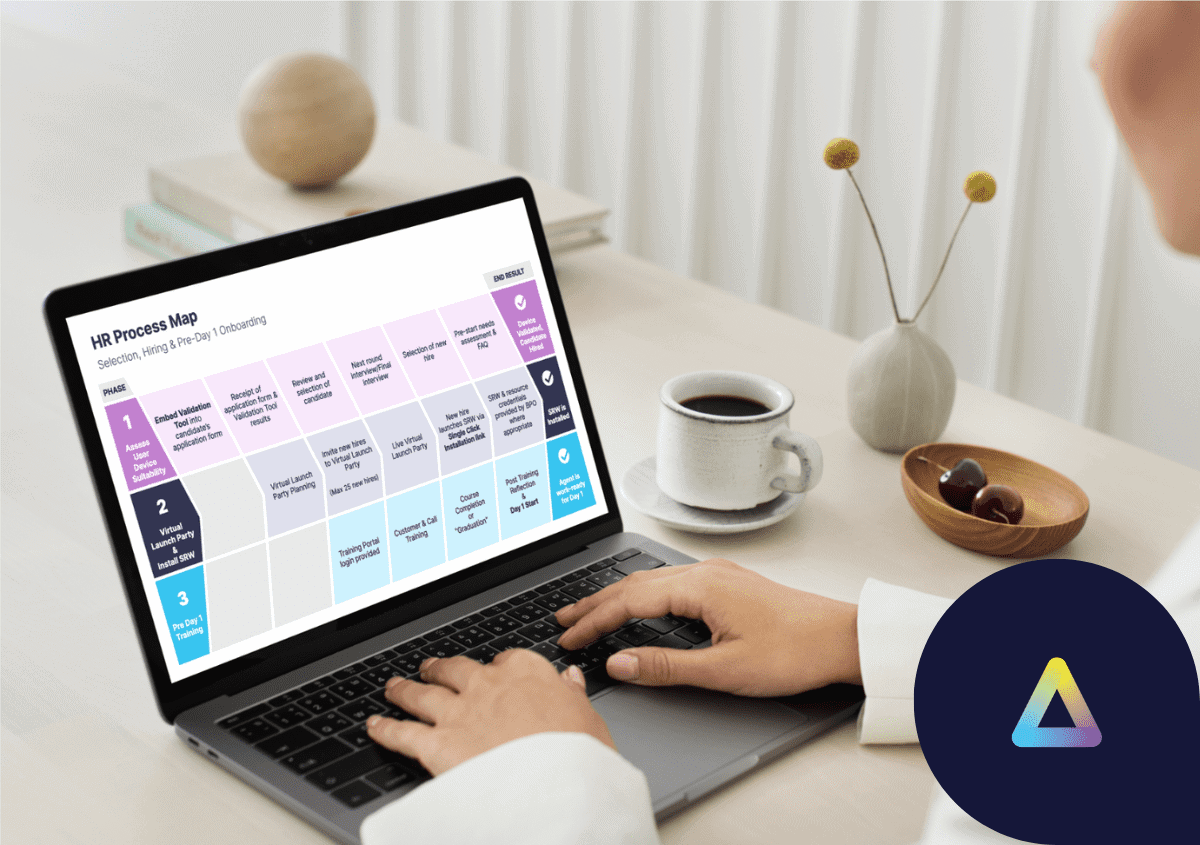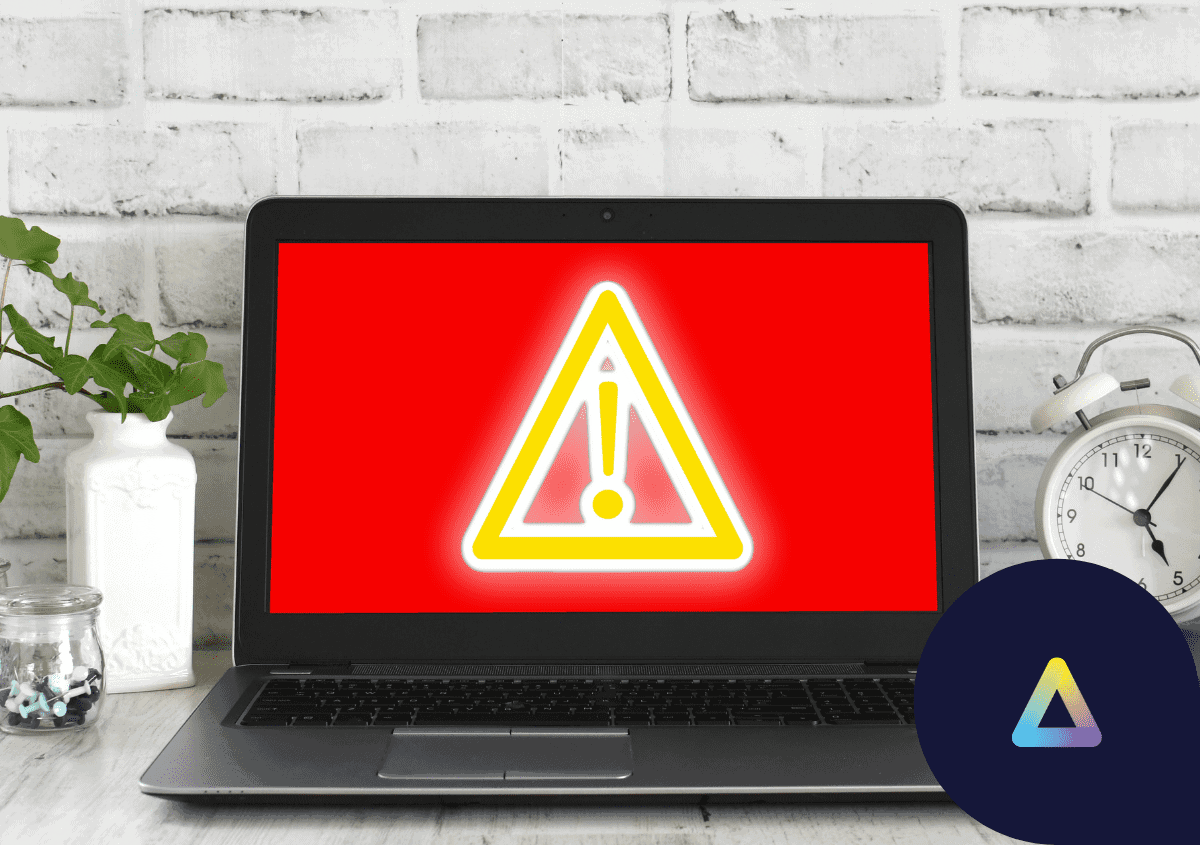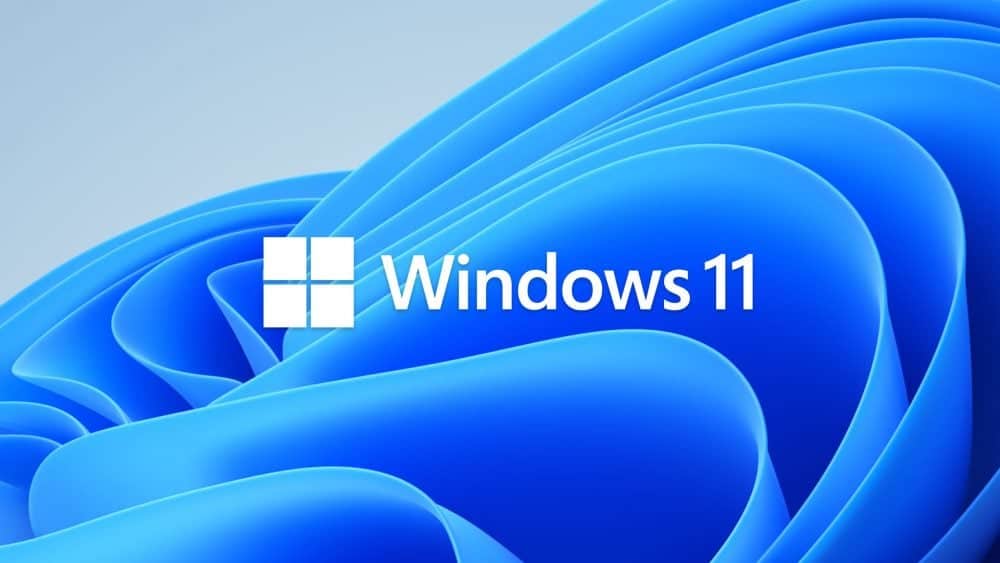During the pandemic, the BPO industry confronted a serious dilemma — maintaining business continuity in the face of a global pandemic that required closing physical contact centers. The solution came in the form of a virtual remote workforce with agents working from home, often using their own devices.
Security
How Much is Agent Attrition Really Costing you?
The Great Resignation. You often hear that term used to explain the high rate at which employees quit their jobs in 2021. However, that term is not new to the contact center industry. It has experienced a “great resignation” in the form of agent attrition for years. Historically, contact centers have seen attrition and turnover … Read more
Optimising WaH/Hybrid with Secure BYOD
A full-time return to office-based work looks highly unlikely, at least for the foreseeable future.
Got employees WFH? These are the risks to protect them and you from.
The fear of a security breach occurring on their watch is sure to keep IT admins up at night. Nowhere are the chances of that happening more pronounced than in a Work at Home (WaH) environment. Remote working is not going away, however. COVID-19 made it an operational imperative, and it provides many benefits to … Read more
Does your Contact Center have the right Endpoint Security solution?
At ThinScale technology, we work closely with customers in the contact center industry and have seen some confusion around the various endpoint security solutions available. What can they each do? And more importantly, from a security perspective, what do they not do? This article I’ll take you through each of the major endpoint security solutions … Read more
How are IT leaders securing remote & hybrid workforces?
ThinScale has been involved in multiple remote working deployments across a broad section of industries. We’ve worked closely with BPOs and contact centers as they’ve successfully transitioned 1000s of agents from traditional, on-site operations to a full or partial WaH (work at home) set up. We’ve seen, 2 years or so into the pandemic, that remote working is not a short-term operational change. It has now become a foundational pillar for many organisations, reducing costs, ensuring business continuity and reducing agent attrition. Security leaders are therefore being … Read more
Measuring the Benefits of Secure WaH & BYOD for BPOs
Andrew McNeile, Chief Customer Officer (ThinScale)
No one in the BPO sector needs reminding of how challenging the initial weeks of the pandemic were back in March and April of last year.
ThinScale Technology fully supports Windows 11
There is a lot of excitement around Microsoft’s latest OS release, Windows 11. Now available officially since October fifth, many organizations are making plans to upgrade their environments from Windows 10.
Five ways Contact Centers can save on WaH costs
Work at home (WaH) deployments can incur a number of costs that may not be immediately obvious. For the employer, the WaH director, the CTO/CIO, really anyone in charge of a WaH program, reducing costs while maintaining an effective WaH solution is the goal. In this post we are going to be answering two main questions: What are the costs involved for employers when providing WaH enabled devices to employees? And what are the ways Secure Remote Worker can reduce these costs?
Why your corporate devices are unsafe for work at home
With the sudden and dramatic shift to the work-from-home model (WFH) in early 2020, IT security teams have raised a host of important questions. How secure is corporate data saved locally on unvetted, uncontrolled machines? Are corporate machines inherently secure in WFH deployments? Is there an increased likelihood of data leakage and other cyber-breaches in the WFH environment? For TrendzOwl, the recent history of cybersecurity tells a complex story, raises a host of additional questions, but ultimately also reveals new possibilities for the WFH model going forward.









